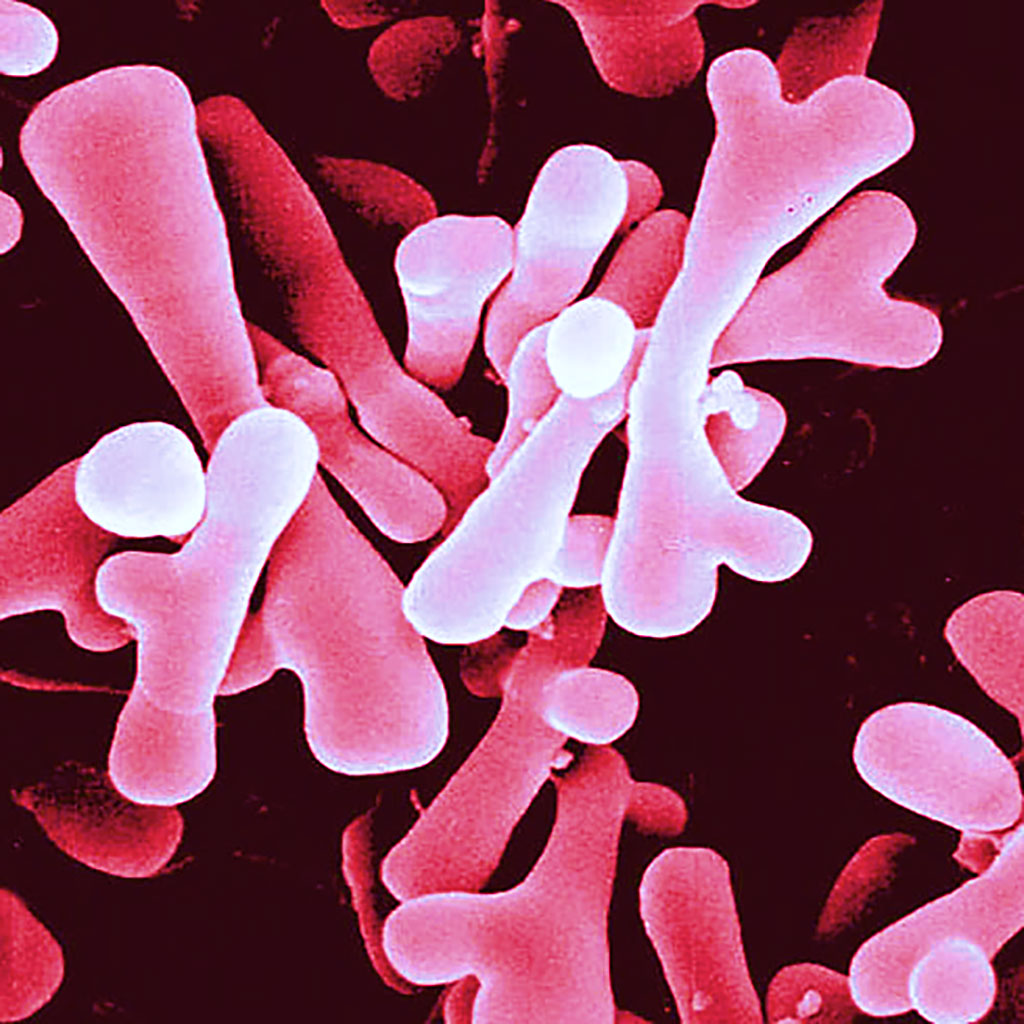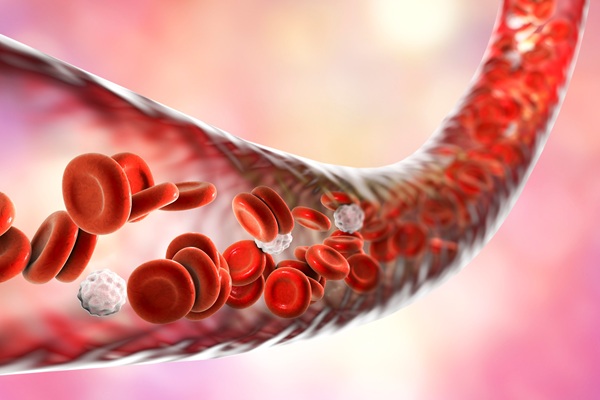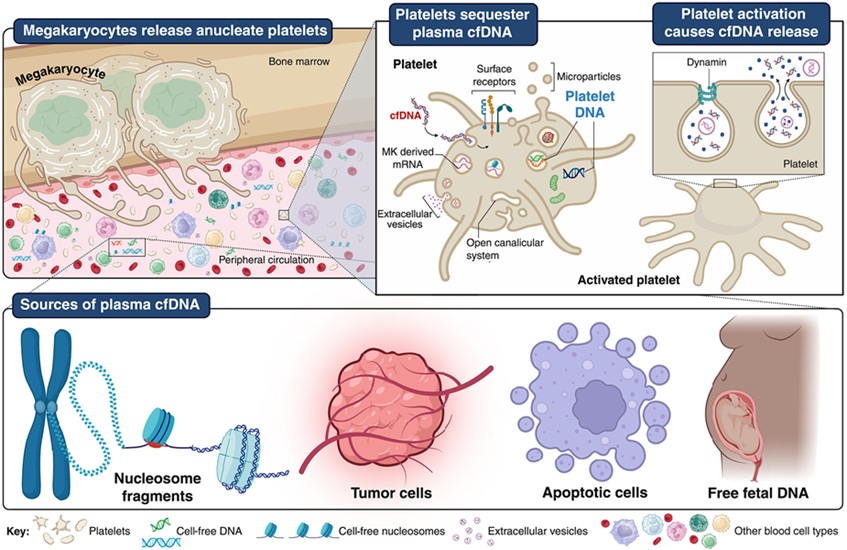ABO Histo-Blood Groups Influence Makeup of Gut Microbiome
By LabMedica International staff writers
Posted on 01 Feb 2021
Recent genome-wide association studies yielded inconsistent, underpowered and rarely replicated results such that the role of human host genetics as a contributing factor to microbiome assembly and structure remains uncertain. Posted on 01 Feb 2021
The intestinal microbiome is implicated as an important modulating factor in multiple inflammatory, neurologic and neoplastic disease. Host genetics, including genes affecting ABO histo-blood groups, may influence the composition of the human gut microbiome.

Image: False-colored electron microscopic image of Bifidobacterium that are one of the major genera of bacteria that make up the gastrointestinal tract and are associated with variants in the lactase gene locus (Photo courtesy of The Keck Science Department of the Claremont Colleges)
A large team of scientists at Kiel University (Kiel, Germany) and their colleagues conducted a large genome-wide association study of microbial traits that drew on five cohorts from different regions of Germany that encompassed a total of 8,965 individuals. Following a series of multivariate, univariate abundance, and presence-absence pattern analyses, they uncovered 38 genetic loci associated with the presence of particular bacteria and broad gut microbial community composition.
The team noted an association between variants in the lactase gene locus (LCT) and the genus Bifidobacterium. This association was nominal in four of the five cohorts and stronger in the fifth. They also found an association between a Barnesiella bacterial species and variants in the biliverdin reductase A (BLVRA) gene, which encodes a protein that inhibits toll-like receptor 4 (TLR4) gene expression. The TLR-4 protein is a pattern recognition receptor of the ABO allele.
The scientists investigated ABO histo-blood group associations, including FUT2 secretor status, with microbial features. They found a correlation between non-O blood group and positive secretor status and certain Bacteroides species in four of the five cohorts. Another Bacteroides species, they noted, was also associated with ABO blood status, bolstering the idea that there are histo-blood group-dependent effects on Bacteroides. They further uncovered associations between Faecalibacterium and ABO and between Holdemanella and ABO, as well as an association between FUT2 secretor status and the abundance of Roseburia, independent of ABO type.
Through a Mendelian randomization analysis, the scientists found 19 suggestive microbial effects on host traits, nine of which were tied to Inflammatory Bowel Disease (IBD) or Crohn's disease. One, for instance, suggests that a group of Bacteroides is associated with ABO histo-blood group status and a group of Prevotella appears to protect against Crohn's disease.
Malte Christoph Rühlemann, PhD, the first author of the study, said, “Ultimately, the aim is to identify candidate genes that are investigated in functional studies and that can at one time point be used in a framework of personalized treatment which considers multiple layers of host factors: life history, genetics, the microbiome, and the interaction of them all as target and modulator of treatment success.”
The authors concluded that their findings support the notion that ABO histo-blood group and sector status influences the makeup of the gut microbiome and that they could potentially represent targets for modulating human health and disease. The study was published on January 18, 2021 in the journal Nature Genetics.
Related Links:
Kiel University













